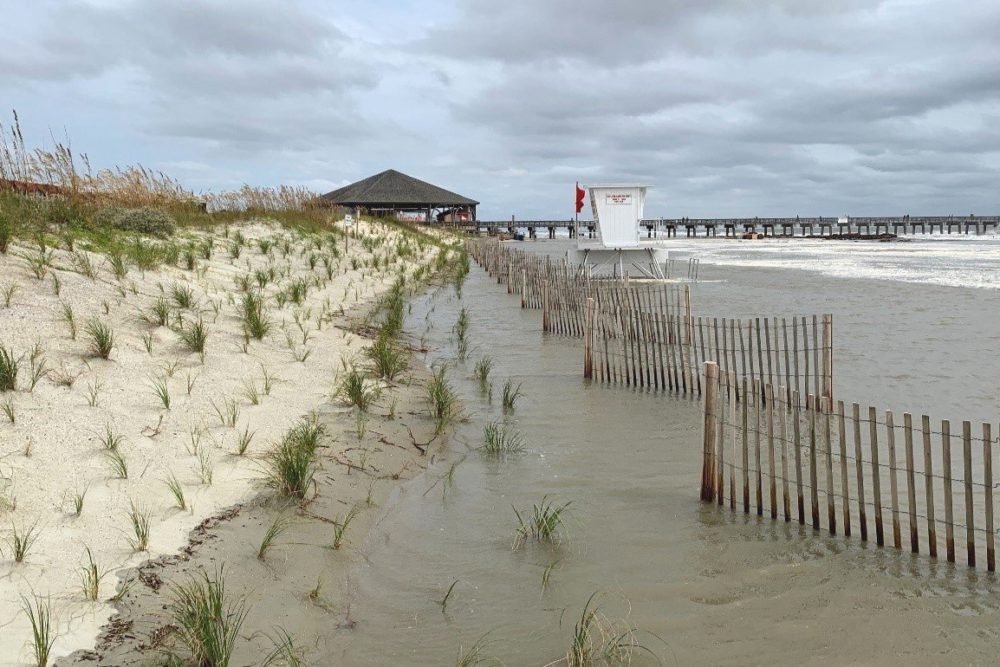Evaluating Best Practices in Dune Restoration: Vegetation Research and Monitoring on Tybee Island, GA
Tybee Island is home to Georgia’s most visited beach, but it has increasingly felt the effects of climate change and sea level rise. For years, Tybee has nourished its beaches with dredged sand, and in 2020 Tybee constructed an entirely new dune system. With funding from the Georgia DNR and in partnership with Tybee Island, we are conducting a study both to monitor the success of these new dunes and to determine best practices in coastal dune restoration. The new dune was planted with native dune vegetation, and we implemented experimental treatments to assess the effects of plating density and community assemblage on dune movement (erosion/accretion). We are collecting data on plant growth in order to determine correlations with dune movement, and we plan to create a monitoring protocol documenting the most important measurements to take when determining the success of a dune restoration. These protocols will be of use to volunteers on Tybee for this project, as well as to coastal managers along the Southeastern Atlantic Coast. Additionally, this research will provide insight into the best planting practices to build a sustainable dune. We will learn which plants and in which densities most successfully trap sand to continue building dunes, and what planting options are most cost effective.

